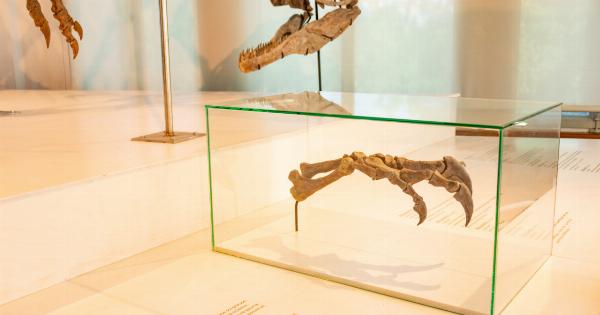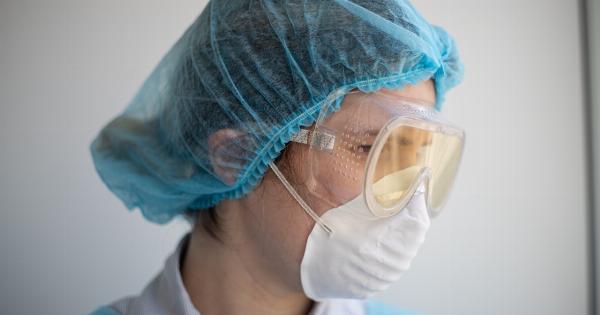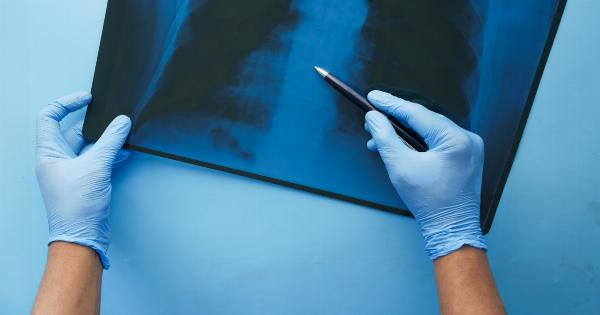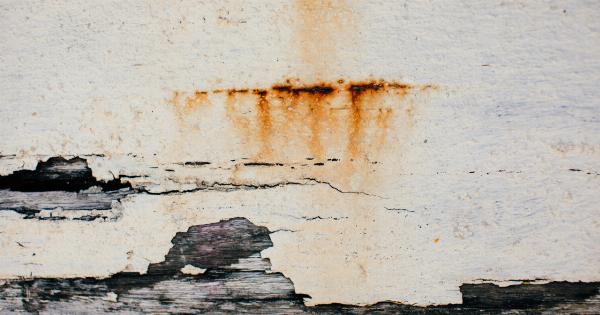Fractures are a common occurrence in orthopedic medicine, often requiring surgical intervention for proper healing.
The use of silk screw implants in the restoration of fractures has gained significant attention in recent years due to their unique properties. This article aims to explore the various aspects of silk screw implants and their role in the restoration of fractures.
What are Silk Screw Implants?
Silk screw implants are bioresorbable screws that are made from silk protein fibers. These screws are designed to hold fractured bones in place while promoting healing and tissue integration.
Silk, derived from the silkworm, is used due to its exceptional strength and biocompatibility.
Advantages of Silk Screw Implants
There are several advantages to using silk screw implants in the restoration of fractures:.
- Bioresorbability: Silk screw implants gradually dissolve over time, eliminating the need for a second surgery for implant removal.
- Biocompatibility: Silk is a naturally occurring protein that is well tolerated by the human body, reducing the risk of adverse reactions or complications.
- Strength: Silk fibers have impressive tensile strength, providing stability and support to fractured bones during the healing process.
- Flexibility: Silk screw implants have some degree of flexibility, allowing for better adaptation to the natural movements of the affected bone.
- Promoting bone regeneration: Silk has been found to stimulate bone cell proliferation and differentiation, aiding in the regeneration of new bone tissue.
The Restoration Process
The restoration of fractures using silk screw implants involves several steps:.
1. Diagnosis and Preparation
Prior to the surgical procedure, the fracture must be accurately diagnosed using imaging techniques such as X-rays or CT scans. The patient’s medical history and overall health are also taken into consideration.
Preoperative preparation includes ensuring the patient’s general well-being and providing anesthesia if necessary.
2. Incision and Exposure
An incision is made at the surgical site, allowing the surgeon to gain access to the fractured bone. Soft tissue is carefully maneuvered to expose the fracture site without causing further damage.
3. Reduction and Fixation
The surgeon performs a reduction, aligning the fractured bone fragments into their correct anatomical position. Silk screw implants are then used to fixate the fragments, ensuring stability and immobilization.
The number and position of the screws depend on the nature and location of the fracture.
4. Closure and Rehabilitation
Once the fracture is stabilized, the incision is closed using sutures or staples. The patient may be instructed to limit movement and undergo a rehabilitation program to aid in the healing process.
Complications and Considerations
While silk screw implants offer numerous advantages, there are also potential complications and considerations:.
1. Infection
As with any surgical procedure, there is a risk of infection. Proper sterilization techniques and postoperative care are crucial in mitigating this risk.
2. Allergic Reactions
Although silk is generally well tolerated by the human body, some individuals may have allergic reactions to silk protein. Patient history and allergy testing should be conducted to identify potential complications.
3. Mechanical Failure
In rare cases, silk screw implants may fail due to mechanical factors such as improper screw positioning or lack of stability.
Regular follow-up appointments and imaging studies are important to identify any potential complications and take corrective measures.
Conclusion
Silk screw implants have emerged as a promising option in the restoration of fractures. Their bioresorbability, biocompatibility, and inherent strength make them a favored choice among orthopedic surgeons.
As further research and advancements are made, silk screw implants may play an even more significant role in the field of fracture restoration.




























